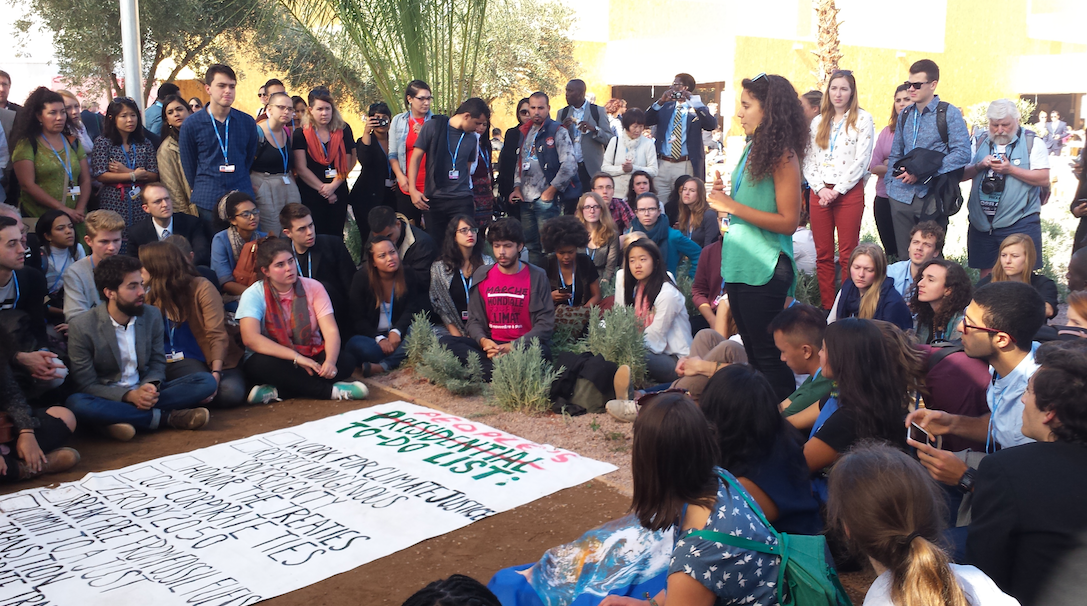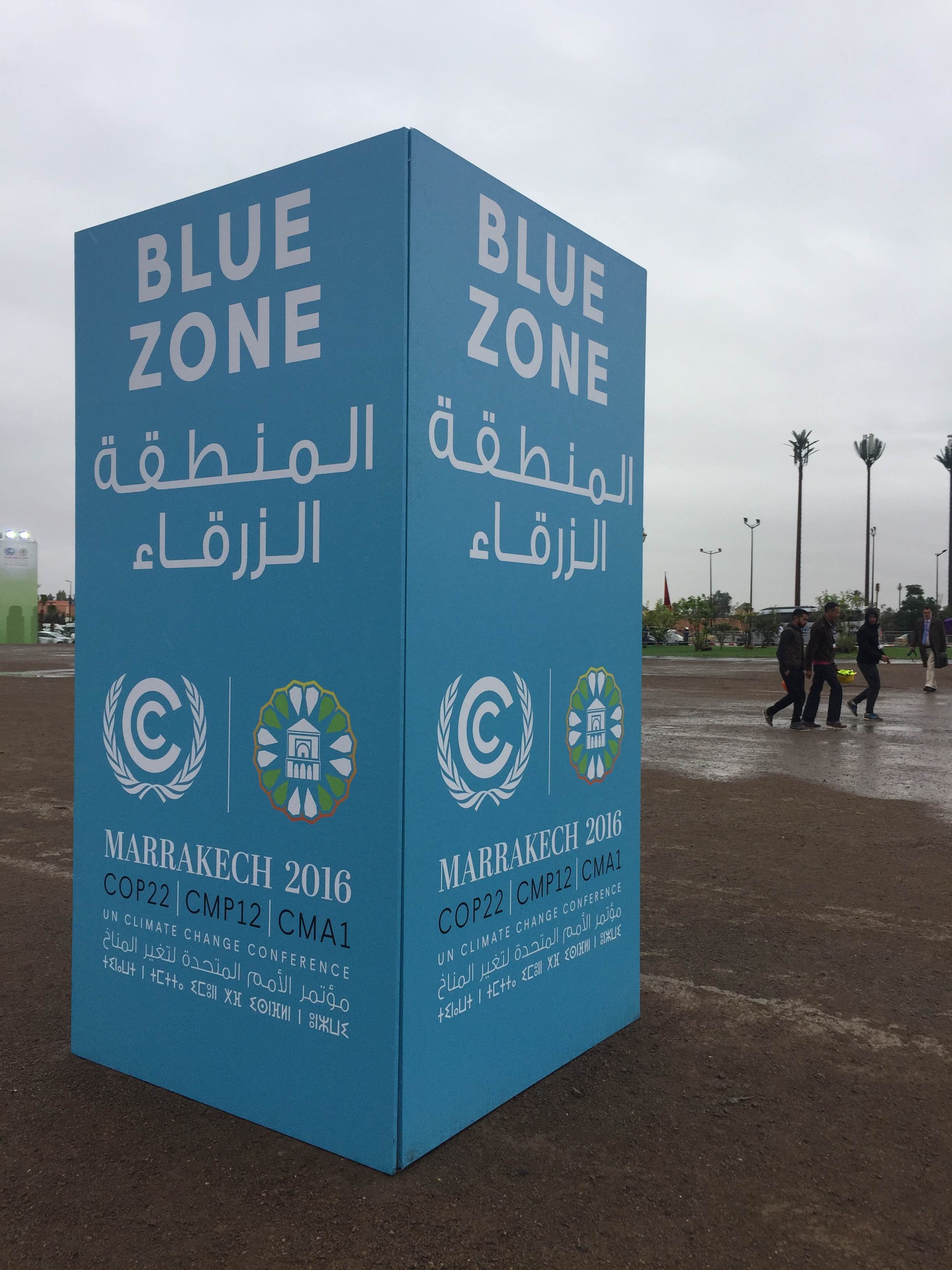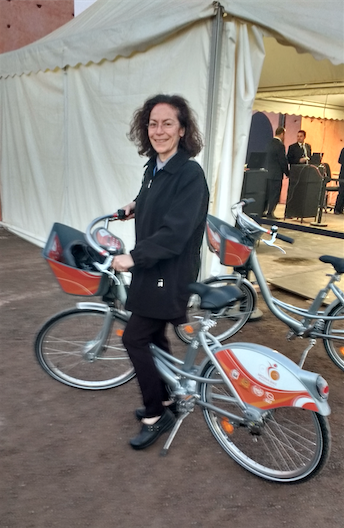We woke up to great shock and surprise as we realized that Trump had won the election. The irony of being in Morocco at a UN global climate change conference right now hit us hard, especially while we were away from friends and family. However, we took solace by watching and joining in on youth-led election-response demonstrations. Hearing stories from young climate activist groups such as SustainUS (which includes recent Swarthmore grad Ben Goloff) reminded us that there are many others who will continue to fight for a sustainable and just future, despite present and future challenges to that vision.

Our Moroccan hosts and the general public that we have met have been extremely supportive of us and were also surprised that Trump won.
It is difficult to gague the effect of the election on COP events, as we do not have access to observe the official negotiations between parties. On the surface, COP looked to continue as usual. The only visible signs of grief came from youth delegates, largely activists, who cried and hugged as we made our way through the day.



